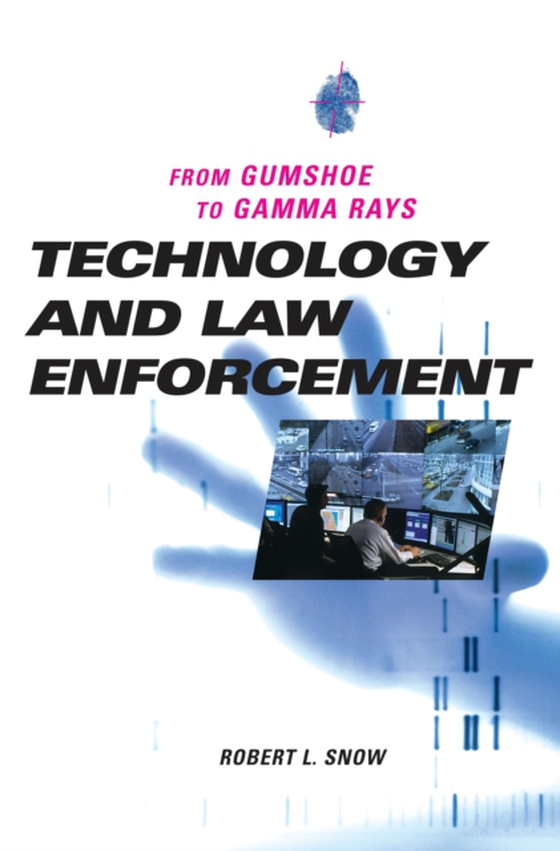
Technology and Law Enforcement e-bog
302,96 DKK
(inkl. moms 378,70 DKK)
Although for much of the mid-20th century police departments across the U.S. had been reluctant to embrace new technology, depending instead on traditional police techniques, detectives in Los Angeles finally departed from this practice when they found themselves stymied in their attempts to solve the infamous Night Stalker serial murder case. This murderer and rapist had gone on a deadly rampa...
E-bog
302,96 DKK
Forlag
Praeger
Udgivet
30 juli 2007
Længde
208 sider
Genrer
Police and security services
Sprog
English
Format
pdf
Beskyttelse
LCP
ISBN
9781567509960
Although for much of the mid-20th century police departments across the U.S. had been reluctant to embrace new technology, depending instead on traditional police techniques, detectives in Los Angeles finally departed from this practice when they found themselves stymied in their attempts to solve the infamous Night Stalker serial murder case. This murderer and rapist had gone on a deadly rampage during the spring and summer of 1985, and though the police used every traditional police technique, they could not solve the crime. Finally, in desperation, they decided to do something different: use what was then the latest, cutting edge-technology. This new technology, the laser print finder, worked perfectly and the police arrested the Night Stalker the next day. Following this astonishing success, police departments across the nation suddenly began clamoring to obtain all kinds of new technology to assist them in solving crimes. This rush to embrace the latest technology hasn't slowed in the intervening 21 years.This book takes readers through every major branch of law enforcement and shows how technology has radically changed police department operations during the last two decades. It also shows how these changes continue today as technology advances and refines techniques already in practice. Beginning with the Night Stalker case, the author illustrates how the use and reliance on new technologies in solving crimes has made policing and detective work more accurate and efficient in capturing and convicting criminals (and courts more recently in releasing innocents convicted of crimes). Capitalizing on the interest in all things forensic, this book illuminates the behind the scenes technologies that go into solving crimes and keeping dangerous criminals off the street. Snow covers DNA and fingerprint technologies, vehicle technologies, undercover work, bomb detection, and other methods. Using many real life examples and first hand anecdotes, he shows how technology has become part and parcel of criminal justice efforts to solve crimes.
 Dansk
Dansk

